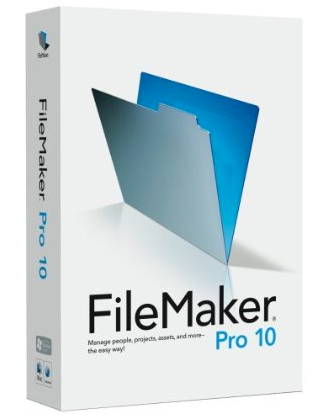Making a ticket is very easy. What you need, first of all, is a database- making program. FILE MAKER and ACCESS are two options. File maker began as a MS-DOS-based computer program named Nutshell. It was developed by Nashoba Systems around 1982 or 1983. Nowadays, it is widely used in different centers, such as schools, hospitals and other various institutions. Microsoft released Access version 1.0 on 13 November 1992, and an Access 1.1 release in May 1993 to improve compatibility with other Microsoft products and include the Access Basic programming language.
How to make a ticket in File Maker:
* Choose a new document
*Draw your ticket on the document
*Fill in the different pieces of information:
- Records
- Fields
- Data
NO matter how many tickets you want to make, you just need to create more by clicking new, and automatically, tickets will be numbered for your convenience.


